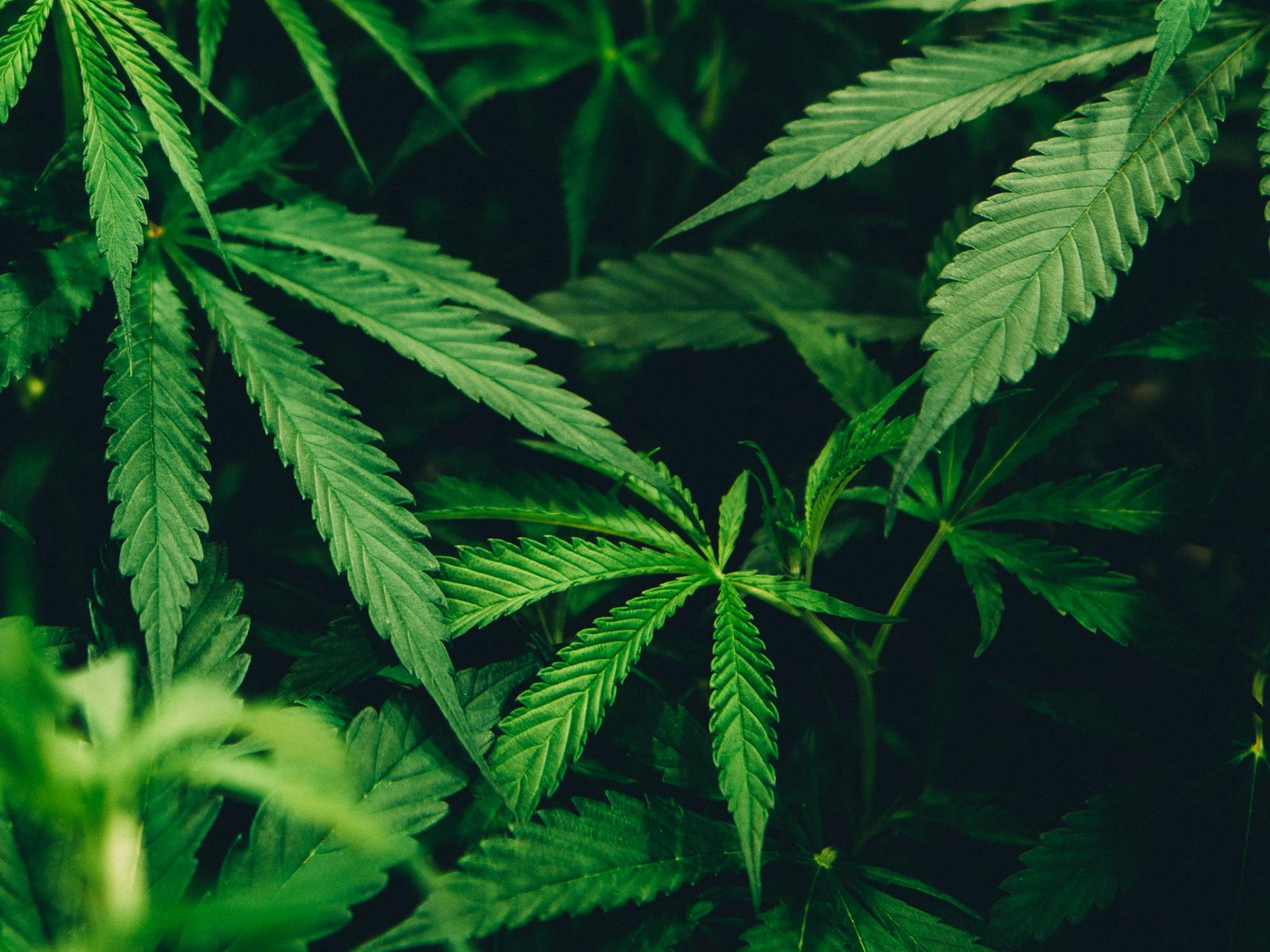
By Jake Levin, Co-founder and COO of SparkPlug
While the digital transformation of the past ten years—accelerated by the pandemic conditions of the past two—have been beneficial in many ways for brands and consumers alike, it has also created new sets of disparities, winners and losers. For brands struggling to bounce back their brick-and-mortar operations in this recalibrated marketplace, they may be best served taking a cue from an unlikely place: the cannabis industry.
The drive to capitalize on the booming online marketplace of the last couple years helped bolster sales for CPG brands with an established digital footprint, but as the battle for customers consolidated and intensified, the investment needed to compete became unsustainable for many small- and medium-sized businesses. Prices soared and ROAS (Return on Ad Spend) plummeted; one study showed that for every $92 spent on marketing, only $1 converted to sales.
For tech giants capable of eating massive losses, these numbers enabled further commodification of web sales. For smaller brands, they had to seek alternatives. Influencer marketing seemed like a logical, emerging solution; an “organic” way of reaching customers using channels they trust. When you factor in that some studies show nearly 50% of consumers rely on influencers to make informed shopping decisions, this approach may help smaller brands make up ground. Yet with some influencer fees topping $10,000 and tough-to-measure ROI on sponsorships and endorsements, this avenue is fraught with risks.
And as customers grow increasingly dubious of inauthentic posts from the countless lifestyle vloggers in their feeds (perhaps catalyzed by recent guidance from the FTC, mandating the now-uniqutious ‘#ad’ disclosures) businesses are feeling paralyzed in where to place their marketing dollars.
The rapid growth of influencer marketing as a marketing channel gets at the heart of a valuable truth: when a consumer trusts an informed recommendation, they convert. Luckily, small and medium-sized brands and retailers across industries already have a built-in resource: their frontline employees. As businesses look for a resurgence in their brick-and-mortar operations, they need to recognize how many “influencers” are already on their payroll. Taking a cue from pioneers in this field, cannabis sellers, can be a great place to start.
How the Cannabis Industry Revolutionized the Idea of the Influencer
The cannabis industry is a study in resourcefulness and adaptability. When Colorado first emerged as the first legitimate market for adult-use cannabis, the industry was (and continues to be) governed by a complex patchwork of state and federal legislation preventing traditional forms of advertising or consumer outreach.
As a result, cannabis brands, retailers, and their employees had to become their own form of influencer. “Budtenders” became experts within their field, and became educators as well as salespeople. A combination of uninformed consumers, a vast selection of products, and a wide-open competitive landscape, meant the role of the budtender as a trusted advisor quickly became imperative.
Without the luxury of digital commerce afforded to traditional brands and retailers, cannabis businesses ostensibly needed to build from nothing. As retailers in traditional CPG verticals now struggle to build back their brick-and-mortar sales—despite some encouraging signs in the post-pandemic world—they’ll need to leverage every tool at their disposal. And it begins with their employees.
What Retailers Can Learn From the Cannabis Industry’s Employee-Influencer Model
Despite the digital transformation’s profound effect on how and where we shop, the fact remains that in-store shopping accounts for more than 85% of retail sales. Furthermore, 46% of consumers note that they prefer to shop in-store rather than online. For the cannabis industry, it was never much of an option; brick-and-mortar sales were and are the cornerstone of their business. To stand out in a crowded field, they had to focus on service.
Brands and retailers need to empower and incentivize employees to be experts, advocates and, ultimately, influencers. But this can’t merely be an extra responsibility foisted on already overworked employees. Building an incentive-based compensation structure is the single best way to guarantee employees are focused on the metrics that matter most: sales and customer satisfaction.
Employing sales incentives is one way of promoting engagement among employees; whether it’s an individual contest or a team-based revenue goal, aligning frontline workers with company goals and paying out cash for strong performance is simple and effective. The cannabis industry also worked hard to encourage the employee-influencer model by highlighting budtenders and promoting their expertise.
As retailers look to bolster their brick-and-mortar sales in an increasingly digital world, it’s essential to remember that customer experience begins with employee experience. By incentivizing employees and encouraging them to become experts and influencers—as the cannabis industry has done since its inception—everybody wins.







